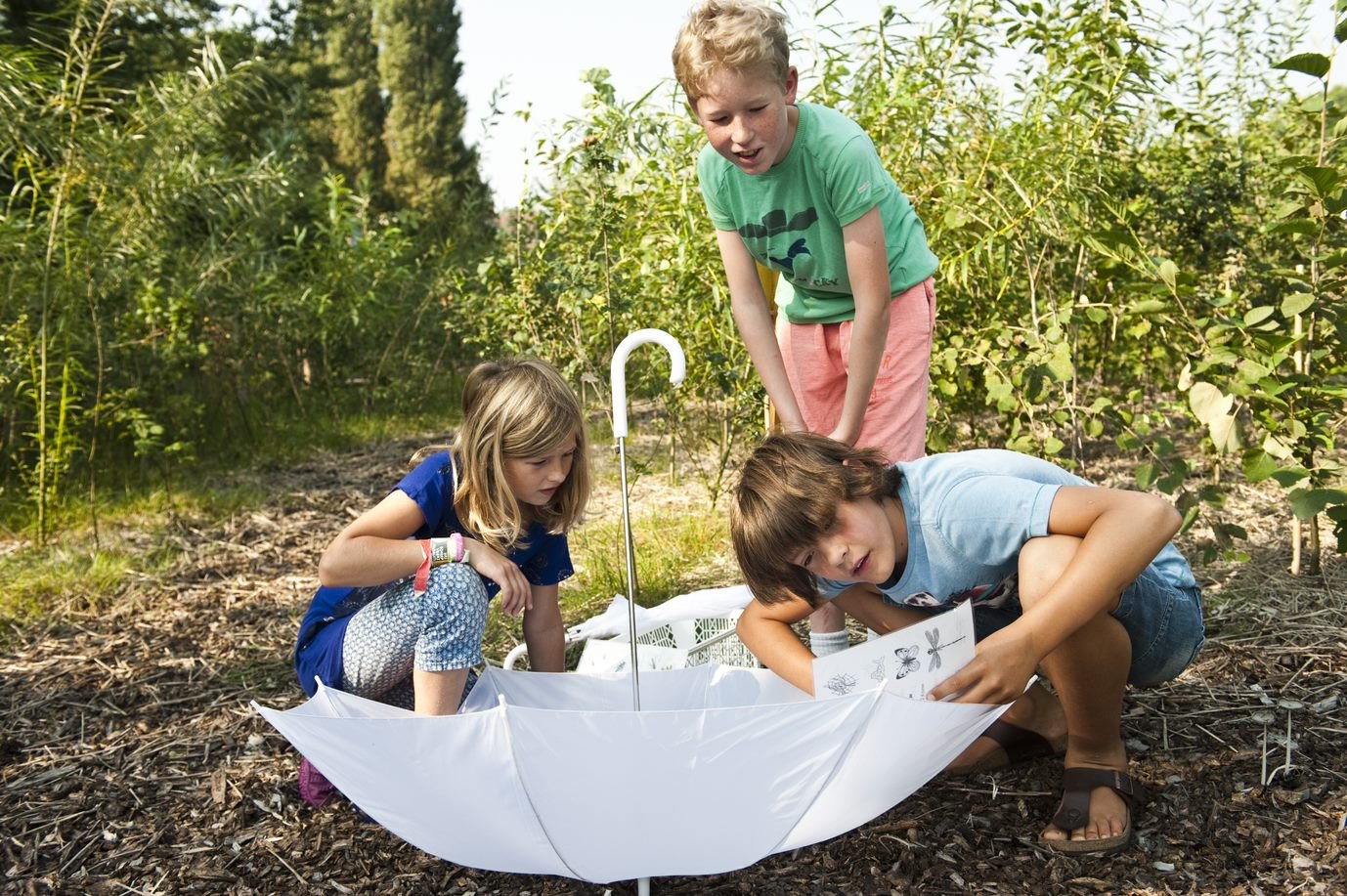Growing Tiny Forests in the Netherlands and the Czech Republic
Forests are more than just a collection of trees. They are complex ecosystems that support a wide variety of species, promote healthy soil quality, and absorb carbon dioxide from the atmosphere. Unfortunately, deforestation and urbanization have caused many forests to be destroyed or degraded, leading to significant environmental problems such as soil erosion, biodiversity loss and carbon emissions. Restoring biodiversity in such deforested and urban areas, where carbon emissions are high, can therefore have significant positive impacts on the environment, as well as on the people's mental and physical wellbeing.
In September 2014, Daan Bleichrodt, LEAF National Operator in the Netherlands, heard a TED talk from Shubhendu Sharma, whose vision for Tiny Forests demonstrated how even the smallest patch of barren land could be turned into a lush green forest within two to three years. Daan was inspired by the idea, and with the help of Sharma, Tiny Forests in the Netherlands was born. The goal was clear: more contact between children and nature, as well as increasing biodiversity and climate adaptation in urban areas.
Tiny Forest Zaanstad in June 2016, The Netherlands (source: IVN)
The first Tiny Forest was planted in the city of Zaanstad, just north of Amsterdam, in December 2015. Since then, the IVN’s team has planted 185 Tiny Forests in public spaces throughout the Netherlands. These forests, planted with the help of 1200 locals and 1000 teachers from 185 different schools, are now flourishing thanks to their adoption by local communities and schools, who monitor and maintain the spaces and trees.
Children Learning about Insects in the Zaanstad Tiny Forest, The Netherlands (source: IVN)
The success of the project, owed to the hard work of volunteers, led to a generous donation of €1.85 million from the Dutch Postcode Lottery in 2018. This funding has allowed for the creation of a 100 more Tiny Forests, the development of a curriculum for primary aged children, the engagement of more schools and local communities in the maintenance of the forests, conducting research on the impact of Tiny Forests and developing a DIY approach for others to take on the challenge. Through a collection of resources, the IVN team shares their knowledge, including the Tiny Forest handbook and on- and offline courses to learn about the Tiny Forest planting method. IVN is also currently working on an online Tiny Forest course (in English), to help and motivate individuals to create their own Tiny Forests.
Inspired by the success of the Tiny Forest movement in the Netherlands, other countries are adopting similar initiatives to promote ecosystem restoration and environmental education for schools. One such project is Školní les do kapsy (School Forest in your pocket), made possible by the TEREZA Education Centre team, the FEE member organisation running Learning about Forests, Eco-Schools, and Young Reporters for the Environment in the Czech Republic.
In October 2021, the first School Forest was planted at Jan Werich Elementary School, covering an area of 400m2 and featuring a variety of local trees such as oaks, hornbeams, lindens, willows, and alders. The success of this first School Forest in the Czech Republic led to Arbor Day celebrations in 2022, during which three new School Forests were planted. The Primary School Husitska in Nova Paka saw 300 students involved in digging holes, planting trees, and mulching to make the outdoor experience fun and engaging for all. At the Primary School and Kindergarten Trebotov, students planted 600 trees and took part in lessons and activities to learn about the vital role forests play in supporting healthy ecosystems. Finally, at the Primary School J.A. Comenius in Prague, students planted 1000 seedlings, promoting biodiversity, and supporting the ecosystem around the school. Given the success of the first Školní les do kapsy, the TEREZA Education Centre team is already planning the next School Forest planting days in 2023.



Tiny Forests may be small in size, but they are powerful tools for ecosystem restoration, especially in urban areas. By planting native species, Tiny Forests can help support local ecosystems and promote biodiversity by providing habitats for a range of species (595 different species were found in Dutch Tiny Forests in 2019, including more than 170 animal species according to research by Wageningen University and Research (WENR)). Tiny Forests furthermore help local ecosystems by improving soil quality, preventing soil erosion, and absorbing carbon dioxide from the atmosphere. In 2020, monitoring of Tiny Forests by WENR in the Netherlands found that a Tiny Forest can absorb 127.5kg of CO2 per year, equivalent to the amount of CO2 emitted by a car driving 1000km, which is furthermore expected to increase to 250kg of CO2 per year as forests grow older. And because they are designed to be compact and efficient, Tiny Forests can be planted in urban and suburban areas where space is limited, making them a valuable tool for restoring green spaces and improving the health of our cities and their inhabitants.
But perhaps even more important is the role that Tiny Forests can play in engaging and educating young people about the environment! By involving students in planting and caring for these forests, they can develop a deeper appreciation and understanding of the natural world and be inspired to protect, conserve, and restore it. By planting forests in school grounds, students can establish a direct and tangible connection to the natural world and learn about the important role that trees and local biodiversity play in supporting the health of our planet.
Child participating in the planting of a School Forest (source: TEREZA Education Center)
Inspiring projects like Tiny Forests in the Netherlands and Školní les do kapsy in the Czech Republic are working to foster biodiversity as well as climate adaptation and mitigation in schools and urban areas, supporting the objectives of the UN Decade of Ecosystem Restoration. If you would like to learn more about the UN Decade and find out how you can get involved, click here.
This article is part of our UN Decade on Ecosystem Restoration series which highlight the projects and activities of FEE members that contribute to the UN Decade.




